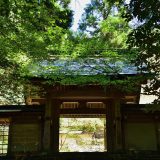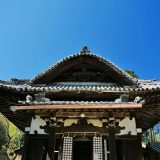

Table of Contents
What is Shoboji Temple?
Shobo-ji Temple has its origins in Kasuga Zenbou, a place of ascetic practice established in 754 during the Nara Period by Chii Daitoku, a high disciple of the monk Ganjin. During the Enryaku period (710-794), the temple was transformed into Ohara-ji Temple by Saicho, and it is said that Kobo Daishi Kukai visited the temple during the Konin period (710-794) and carved the main deity, the three-faced thousand-armed Avalokitesvara Bodhisattva. The temple was destroyed by fire during the Onin War, but was rebuilt as Shobo-ji Temple in the Edo period under the patronage of Keishoin.
Basic Information
| Name of temple | Shobo-ji Temple |
| Hours of operation | 9:00 – 17:00 (reception closes at 16:30) |
| Admission fee | 300 yen |
| Parking lot | No parking |
| Location | 1102 Minamikasuga-cho, Oharano, Nishikyo-ku, Kyoto, 610-1153, Japan |
| TEL: 075-331-0105 | 075-331-0105 |
| Official website | http://www.kyoto-shoboji.com/ |
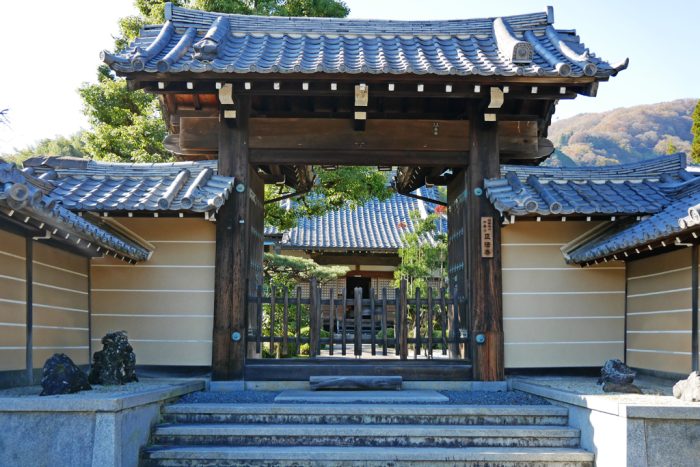
Features and Highlights
- Ishi no tera (stone temple) ” dotted with huge stones weighing 200 tons collected from all over the country.
- The unique “Stone Garden of Birds and Animals ” with stones in the shapes of animals and birds
- Standing Three-faced Thousand-armed Kannon (Goddess of Mercy)” designated as a national important cultural property in the Kamakura period (1185-1333)
Garden in front of the main hall
The karesansui (dry landscape) garden in front of the main hall reflects the beauty of nature with magnificent giant stones placed on white sand. Visitors can appreciate the scenery created by the stones in a quiet space.
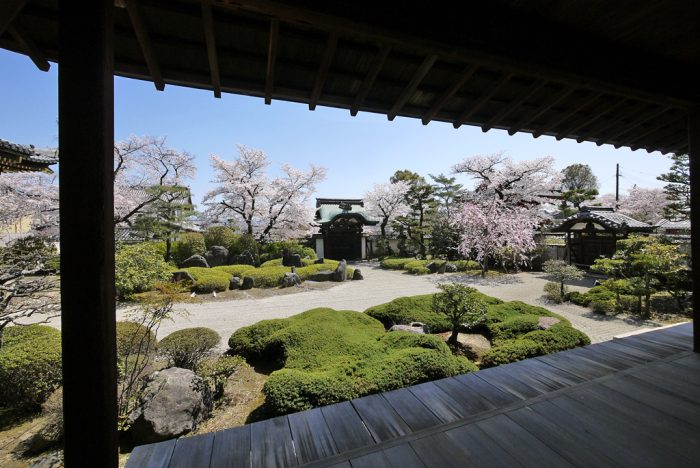
Hoshouden
Hoshoden, a guest hall, houses a unique “running daikokuten ” created in the Edo period. The statue is characterized by its dynamic appearance, stepping forward with its right foot, as if it is about to run. The garden “Hosho-en” is both a pond garden and a dry landscape garden, offering a scenic view of the Higashiyama mountain range in the distance. In this garden, there is a “stone garden of birds and animals ” that resembles the shapes of 15 different animals. Visitors can enjoy the playful stone arrangements of rabbits, turtles, penguins, and other animals.
Thirteen-story stone pagoda
The thirteen-storied stone pagoda in front of the Muroden, a shoin, enshrines 33 statues of the Kannon (Goddess of Mercy), each modeled after the principal image of a different temple in the Kyoto Rakusai Kannon Sacred Ground. The giant stones scattered throughout the temple grounds, each named after a particular place, are overwhelming in their presence.
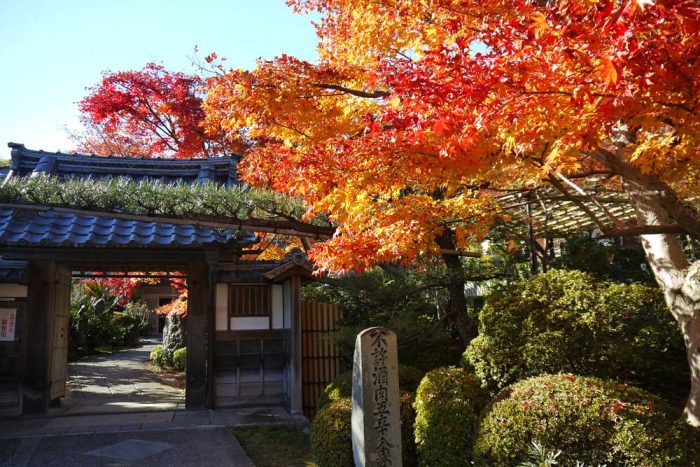
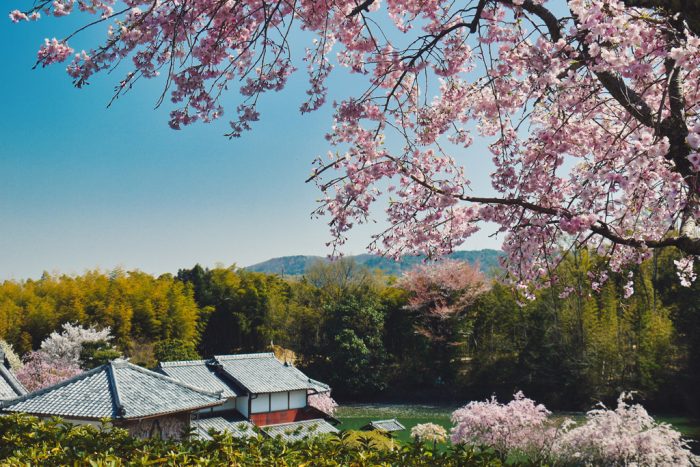
Event Information
List of Annual Events at Shoboji Temple
| Schedule | Event | Explanation |
| New Year’s Eve – January 1 | Hatsu Goma (first Goma prayer) | Amazake (sweet sake) reception, New Year’s visit |
| February 3 | Setsubun Prayer Festival for good luck and protection from bad luck | Azuki-gayu (red bean soup) and sasazake (bamboo grass sake) are served. |
| March, the middle day of the equinoxes | Spring equinox memorial service | -April |
| Early April | Flower Festival | Koto performance |
| Late May | Pilgrimage to 88 sacred sites in Shikoku | -Saturday after Bon Festival |
| Saturday after Bon Festival in August | Bon Segaki and Sento Kuyo | -The middle day of the second month of the lunar calendar |
| September, the middle day of the Higan (equinoctial equinox) | Autumn Higan Memorial Service | Mid-November |
| Mid-November | Autumn Leaves Festival | Koto performance |
| 8th day of every month | Fudo goma memorial service | -The 21st of every month |
| 21st day of every month | Kobo Daishi Service | -21st of every month |
How to get there
- From Higashi Mukoji Station on the Hankyu Kyoto Line, take the Hankyu Bus (approx. 20 minutes). 8-minute walk from the Minamikasuga-cho bus stop.
- From the West Exit of Katsura Station on the Hankyu Kyoto Line, take the Kyoto Municipal Bus (approx. 20 minutes). 8-minute walk from Minami-Kasuga-cho bus stop.
Summary
Shobo-ji Temple, nestled in the tranquility of Oharano, is a unique temple full of fascinating megaliths. The stone garden shaped like an animal, valuable Buddhist statues from the Kamakura period, and historical buildings are just a few of the highlights. The weeping cherry blossoms are beautiful in spring and can be enjoyed throughout the year. Get away from the hustle and bustle of Kyoto City and lose yourself in the harmony of history and nature.


